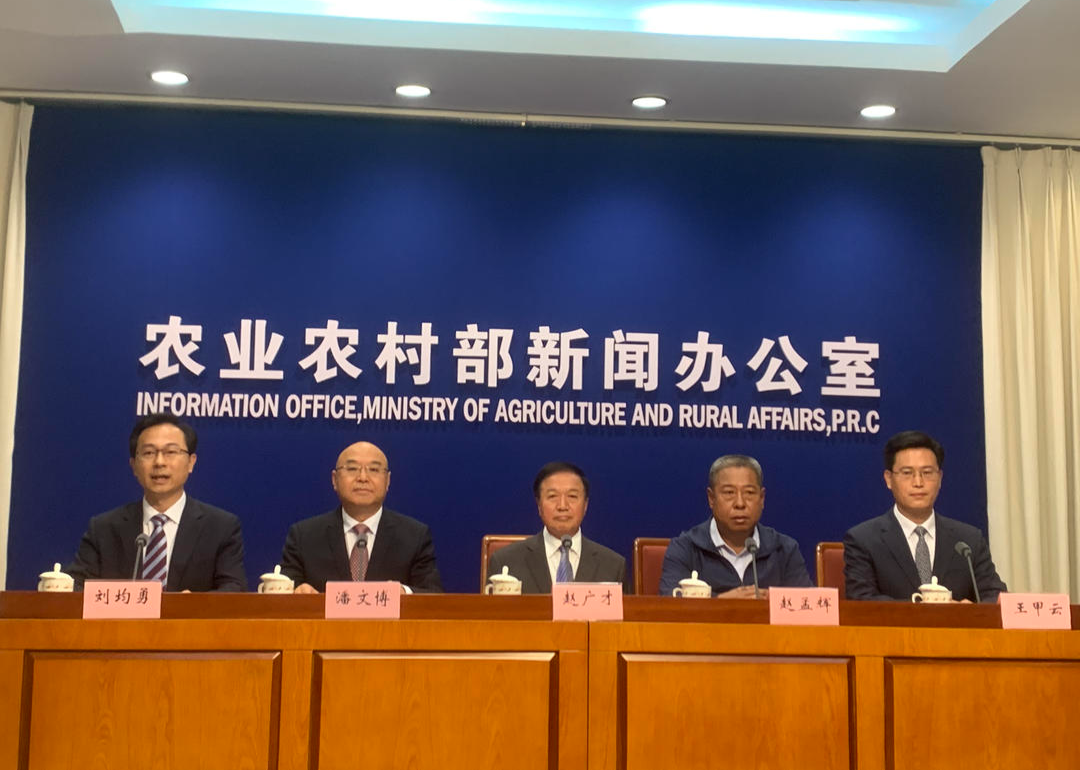Several generations of plant treasures rescue war
Author:Golden sheep net Time:2022.07.16
After the South China Botanical Garden is promoted to "national", more rare and endangered plants will return to nature
Yangcheng Evening News all -media reporter Li Gang
The most endangered plant is reunited with the efforts of scientists.
Let them be protected, breed, and realize the return of the wild, and the South China National Botanical Garden bears the heavy responsibility of saving life.
On July 11, the South China National Botanical Garden was unveiled in Guangzhou, echoing with the Beijing National Botanical Garden, echoing. In this world's largest South Asian tropical botanical garden, there are treasures on the crown of the plant kingdom, and there are also stories about salvation.

Baochun moss South China National Botanical Garden Photo Conferry
Biological cloning, saving the spring moss
The discovery and protection of the spring moss is a journey that lasted for hundreds of years.
In 1881, an American named Henry found a beautiful and mysterious unknown flower on the stone wall of the Lianjiang River Basin, northern Guangdong. In 1883, the British botanist Hans published relevant papers, which attracted the attention of the scientific community.
However, for more than a hundred years, no one has seen such small flowers, and it was once considered extinct.
It was not until the 1990s that it was discovered in Lianzhou, Guangdong. At that time, there were only three plants in the spring moss. According to the World Nature Protection Alliance (IUCN) standards, they were listed as extremely endangered.
In 2002, the researchers at the South China Botanical Garden of the Chinese Academy of Sciences began the research on the relocation of Spring Moss. Because the spring moss grows on the cliffs of the limestone cave, the carbon dioxide concentration is very high, and no bee undertakes the work of spreading powder. How to survive and generate offspring was the doubts in the hearts of scientists at that time. Researchers found that when the petals of the spring moss fell, it would cause collisions between stamens and pistils and produced seeds. Since then, they have used a fixed method to make the petals from falling off, and found that the rewarding spring moss cannot produce offspring, and then confirmed this wonderful powder outlet mechanism.
Based on this discovery, scientific researchers have changed their traditional ideas. Since 2003, they have tried to cultivate spring moss with biological cloning technology, abandon the traditional seed cultivation method and choose leaves to cultivate. Key technology. In 2007, this endangered species successfully achieved the return of the wild. In 2021, the Spring Moda was adjusted from national first -level protection to national second -level protection.
"Huaiji reimbursed spring moss", which is a relative of the spring moss. With the efforts of scientific researchers in South China Botanical Garden, it will return to nature in the wild.

"Chinese Science and Technology Queen" Pocket Orchid South China National Botanical Garden Picture Conferry
Endgremmary pocket orchid, return to the wild
A swaying orchid swaying in the flower garden of the South China National Botanical Garden grew gorgeously.
Dragons are named because their lips are pocket -shaped, and they have high ornamental value because of their unique shapes, gorgeous colors, and long -lasting viewing flowers. However, due to the destruction of the ecological environment and over -excavation of human beings, Handlan has become one of the most endangered plant species in the world. All pocket orchid wild species have been included in the "CITES) International Trade Convention (CITES) of Endangered Wild and Plant species (CITES). Appendix I was prohibited from transactions.
Over the years, the South China Botanical Garden has collected 27 species of domestic plants and most of the native species abroad, with a total of 79 species (accounting for 72%of the world). One of the most types of units.
Not only that, the South China Botanical Garden has also carried out species resource survey, seedling breeding and large -scale production of colorful resource resource surveys, seedling breeding and large -scale production of Caiyun Po, Xinghuangdoulan, and Baiqian.
The rescue of species depends on fine studies. The "Key Technology of Lanke Plant Conservation and Garming Innovation and Industrialization of Chinese Characteristics" led by South China Botanical Garden won the second prize of national scientific and technological progress, "key technologies for the creation and industrialization of new varieties and industrialization of Dragons and Drays" won Guangdong Province. The first prize of science and technology is also selected as the "13th Five -Year Plan" Guangdong Agricultural Science and Technology Top Ten iconic results.

Photo by Hainan Huanghuali Peng Caixia
Zhenyuan Treasure, witness history
In addition to rare flowers, the rescue plant treasures are also national famous wood.
Hainan Huanghuali is a precious tree species that is already extinct in the wild. It is known as the "national treasure of the mahogany world". Published in 1963.
As early as 1957, the South China Botanical Garden, which attaches great importance to economic plant research and conservation, cultivated a number of Huanghuali pears in the early days of construction, and successfully realized the genetic diversity of the species to protect the species.
At the beginning, a slim tree seedlings had now grown into a towering tree. The largest one is located in the fern garden with a diameter of 69 cm. Based on the market price, its value has reached hundreds of millions of yuan, which is a veritable "Treasure of Zhenyuan" in the South China National Botanical Garden.
Another precious "Treasure of Zhenyuan" is the trees.
In 1975, Wang Tianshu was discovered in the West Shuangna of my country. There are 15 species of this genus. Only the rare tree species that grows in the tropical rain forests in Yunnan is of great significance for studying my country's tropical plant area. It is now a national key protection wild plant.
Researchers in South China Botanical Park collected this kind of precious tree species from Yunnan in 1975. In 1976, two small seedlings were introduced from Yunnan again. The garden has grown into a towering tree. The trunk is upright, up to 20 or thirty meters, and the chest diameter is 45 cm. Even if it is hidden in the plant specimen garden, it cannot hide its beautiful and tall posture. The history of rare and endangered plants. Plant protection, do not look at "value"
In the South China National Botanical Garden, there are many stories about plant rescue and return to the wild.
At present, there are 643 kinds of rare endangered plants protected by the South China National Botanical Garden, and there are 337 species of national key protection of wild plants, including 52 species such as the national first -level key protection of wild plants Wangtian tree, Tokyo aroma, and slope barrier. At the level, 285 species such as spring moss, tiger Yanhua, and Guangdong laughed in the key protection of wild plants.
The rare and endangered plant breeding centers in South China National Botanical Garden covers an area of 20 hectares. A total of more than 230 rare endangered plants are collected. It is one of the largest rare and endangered plant germs in my country. In the construction goal, the South China National Botanical Garden proposed that not only 95%of the rare and endangered plants in South China must be effectively protected, but also the return of 20 kinds of rare and endangered plants.
"The protection of each plant is not because it has any value. Often it is that you don't know if it has some important value, but there are very few individuals in the wild. We should protect it. Otherwise, there will be no species in the future. It is no longer possible to have it anymore. "Said Ning Zulin, deputy director and senior engineer of the South China Botanical Garden Horticultural Center.
- END -
The paralyzed wife sitting on the truck co -pilot seat: "I go to the world with him"

Elephant reporter Zhao Dan/Wen Video ScreenshotAfter his wife had hemiplegia, he w...
The Ministry of Agriculture and Rural: This year's summer food area reached 3.98 million acres, an increase of 1.38 million acres from the previous year

Cover news reporter Su YuOn July 14, the Ministry of Agriculture and Rural Affairs...